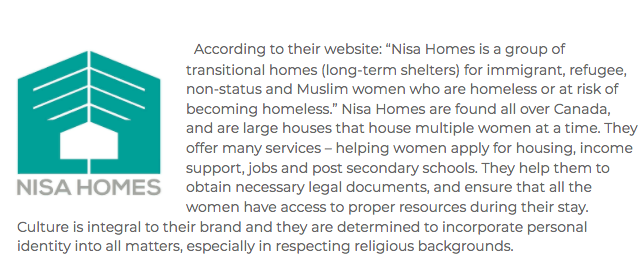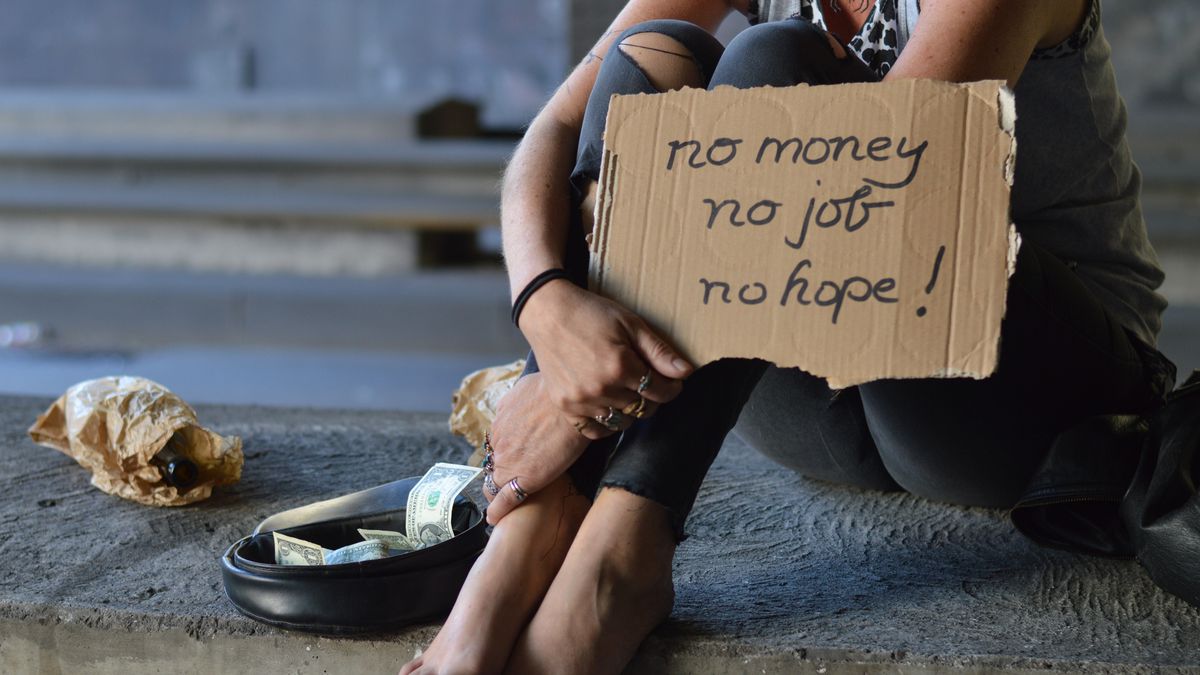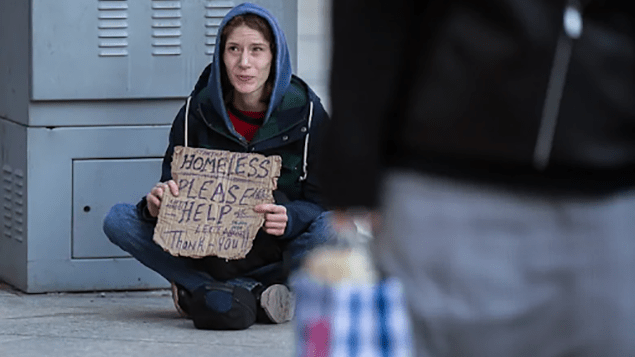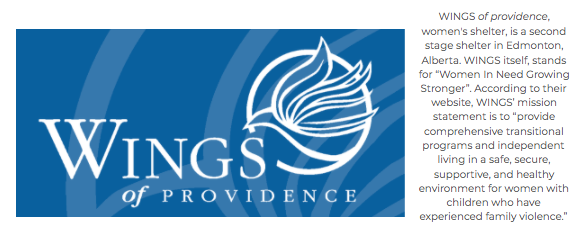Through researching domestic violence and homelessness, I sought out a second shelter for insight on how these conditions affect cultural and religious minorities. In this blog, I had the privilege of engaging with Nisa Homes, where I spoke with a caseworker named Majeda. Majeda started by explaining how her role at the home was to work one on one with the incoming women, primarily regarding client referrals, and administration. Being a caseworker, Majeda is the one to receive the initial calls from women in need, and in a way, she is the bridge to the safe haven that is Nisa Homes for women.

In Canada, approximately 27.3% of all homeless individuals are women (State of Homelessness in Canada, 2016). In addition to this, women of colour, and more specifically minorities, whether by race, disability, age, or household status, are at higher risks for poverty. According to Homeless Hub, 37% of all First Nations women (living off reserves), 28% of all visible minority women, and 33% of all women with disabilities in Canada, are threatened with poverty and face a greater risk for homelessness than their white female counterparts. Rates of homelessness are increased amongst minority women due to factors such as cultural or religious stigma resulting from domestic violence, social pressures, and citizenship concerns.
Majeda began by discussing how the first day at the home is always the hardest and busiest. With the pandemic, Nisa Homes had to increase their safety measures – ensuring to conduct test questionnaires, requesting that all new residents take a shower, wash all articles of clothing, and sanitize any other products they brought with them upon arrival. What makes Nisa Homes special is that they cater specifically to Muslim women, ensuring to accommodate to their fellow sisters in cultural and religious aspects. This is especially important as cultural stigma prevents many women of colour experiencing domestic violence from coming forward. Those who are considering leaving their partner must also consider the keen judgments they would face in their cultural or religious communities.

An interesting point Majeda made was that immigrant and refugee women were at an unfair disadvantage amid the pandemic, as they had to endure greater financial issues as a result of their citizenship status. Many refugee women who wished to apply for some form of status during quarantine were limited by the government’s shutdown of services. Due to their lack of citizenship, the women were also unable to apply for income support, and Majeda explained that even with the women who were able to successfully apply, they had to wait a minimum of one week to be approved before funding would be received. The delays, and excessive difficulty in finding stable housing following their departure from a toxic household or partner, definitely impacted the women’s decisions who were coming into the home. Refugee women were faced with a global virus, limited means of getting citizenship, a lack of financial resources, and no means of travelling due to restrictions. These are circumstances that many of us do not consider during such a trying time despite them holding great significance all across Canada. “Barriers built up more and more” Majeda started, explaining how they feared that the women would become a name on a never ending wait list to the government.
Majeda expressed that one positive outcome caused by the pandemic for Nisa Homes, was that the organization was finally able to receive government funding! As a newly started charitable organization with several branches across Canada, it is difficult for them to receive funding for their cause, yet fortunately due to nationwide recovery support, Nisa Homes was able to accrue financial resources, allowing them to better help women at the home and save up money for future endeavors. Prior to these support funds, the majority of their funding was to be acquired through one organized holiday dinner, during the month of Ramadan. With the pandemic, community outreach had increased and Majeda expressed her appreciation for this, exclaiming “people are very very kind, especially [within] the Edmonton community.” Another positive outcome Majeda informed me of was that since March, the home has had zero positive cases! When asked about what the situation was like in March, Majeda stressed how she received at least double the amount of phone calls during the first few weeks, indicating an increase in the rates of domestic violence and/or homelessness. In dealing with potential cases, Majeda explained that money was set aside should anyone at the home test positive and need to quarantine separately in a hotel.
Nisa Homes’ is willing to take both homeless women and women who are fleeing domestic violence and needing shelter, highlighting their accessibility. Following the women’s departure, the caseworkers reach out to women who’ve stayed at the shelter for approximately three months following to inquire about their progress and reassure them of their growth. Majeda expresses how caseworkers take pride in building long term relationships with the women, and that former women still message her to this day. Should women need resources after departure, Nisa Homes privately conducts community call outs across their social media, and will supply the women with resources (Food hampers, gift cards, etc.) Majeda says that the home is always open to women who need to return, stating: “They might be in a worse situation when they leave this time than [when they did] last time.” Remote help is also available at NISA Homes, for women who are unsure of their needs and uncertain if they are ready to stay at the home, but still want to receive some form of support from other Muslim women. The pandemic has certainly increased the amount of remote case files, as well as referrals, to assist in the high demand. What saddened me was when Majeda stated, “Some [women] are in denial, but they still want help”, referring to those who may make the initial phone call, but for any given reason, may not be able to come to the home themselves.
When Majeda was asked if she was willing to share a story, she politely agreed and recalled one woman who, when she first reached out, could barely talk on the phone, and for weeks could not get out of bed. She explained to me that slowly, through small steps, she “got on her feet and hit the ground running”, starting her own business in the shelter’s garage! I found this to be quite admirable, and a very clear example of how Nisa Homes helps women feel empowered.
The last question that I asked Majeda, similarly to the previous womens’ shelter coordinator was, “What would you say to women struggling to come forward?” to which, she responded with the following:
“It takes a lot of courage, yes it’s scary, yes it’s a jump into the unknown: but if you’re in danger, every moment of anxiety and fear is worth it, because the second you leave, you give yourself the power to do anything. You’ll have more support [when you break through] than you’ll ever know. No one here can judge you.” (Majeda)
Volunteering for and vocalizing the needs of marginalized groups is essential, especially with homelessness and poverty being such prominent issues in Canada. Through speaking with Majeda and the coordinator, I learned a lot about the internal roles of these organizations, and I encourage others to reach out to charitable organizations and read articles on these issues to do the same. One student-led womens’ group on campus that directly works with Nisa Homes to further their initiative, is the newly created Women Empowering Women group on campus, for example. Although not everyone may have the means to donate, what’s important is speaking up and spreading the message across to reach those that do. After all, when you have more than you need, you should aim to build a bigger table, not a higher fence. Attached below is a list of resources: with articles, both organizations and clubs featured today, and websites for aid, of which I encourage you to utilize in learning more!
Resources
https://www.wingsofprovidence.ca/
Find Help Across Canada
Student Groups
https://instagram.com/girltogirlyweg/
Articles
https://www.feministrecovery.ca/the-plan
https://www.refinery29.com/en-us/2020/08/9941797/covid-homeless-women-mothers-children-risk
Works Cited
Nisa Homes. 2015. What is Nisa Homes? Nisa Homes. Retrieved from https://www.nisahomes.com/aboutus
WINGS of Providence. 2020. Who we are. WINGS of Providence. Retrieved from https://www.wingsofprovidence.ca/who-we-are.aspx
Ali, Nadia. October 2016. Domestic Violence & Homelessness. The Canadian Observatory on Homelessness: Homeless Hub. Retrieved from https://www.homelesshub.ca/blog/domestic-violence-homelessness
World Health Organization. November 2017. Violence against women. World Health Organization. Retrieved from https://www.who.int/news-room/fact-sheets/detail/violence-against-women#:~:text=Global%20estimates%20published%20by%20WHO,violence%20is%20intimate%20partner%20violence.
Canadian Women’s Foundation. February 2018. The Facts about Gender-Based Violence. Canadian Women’s Foundation. Retrieved from https://canadianwomen.org/the-facts/gender-based-violence/#:~:text=Half%20of%20all%20women%20in,since%20the%20age%20of%2016.&text=67%25%20of%20Canadians%20say%20they,experienced%20physical%20or%20sexual%20abuse.&text=3-,Approximately%20every%20six%20days%2C%20a%20woman%20in%20Canada,killed%20by%20her%20intimate%20partner.
Homeless Hub. 2019. Single Women. About Homelessness. Homeless Hub. Retrieved from https://www.homelesshub.ca/about-homelessness/population-specific/single-women
Homeless Hub. 2019. Who is Homeless? About Homelessness. Homeless Hub. Retrieved from https://www.homelesshub.ca/about-homelessness/homelessness-101/who-homeless
Written by: Sara Assaf
Edited by: Erica Kim and Anson Wong



